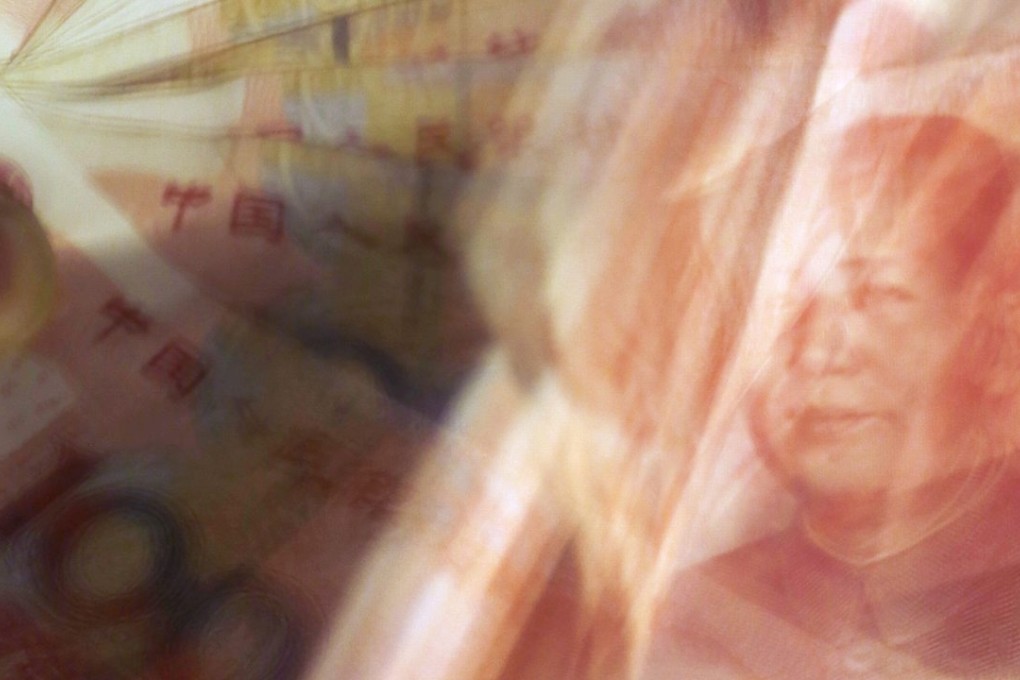New | SDR inclusion is not the goal of China’s renminbi liberalisation
Experts urge a “calm and realistic” approach to the Chinese currency’s strive towards global popularity

An arcane acronym invisible in daily payments and capital markets transactions has somehow grabbed a raft of headlines and rattled the nerves of many more who read them.
The special drawing rights (SDR), a selected basket of currencies used as an account unit at the International Monetary Fund, was rarely the focus of analysts, investors and certainly not the talk of people in the street.
Yet, Beijing’s obsession over gaining SDR acceptance and the price it is willing to pay to impress the IMF – as manifested in the surprise devaluation of the renminbi on August 11 – has put the obscure term in the limelight for the first time since its creation in 1969.
The SDR was a product of the Bretton Woods System, set up after the second World War to establish a globally coherent monetary order based on the gold peg using the US dollar as a stand-in at US$35 for an ounce of gold.
As the system collapsed following America’s decision in 1973 to get off the gold-dollar direct convertibility, the SDR’s role as a dollar alternative was also left off the agenda.
The SDR, an artificial currency, on the other hand, is rarely used except for occasions when the IMF granting emergency loans to fiscally distressed countries.
